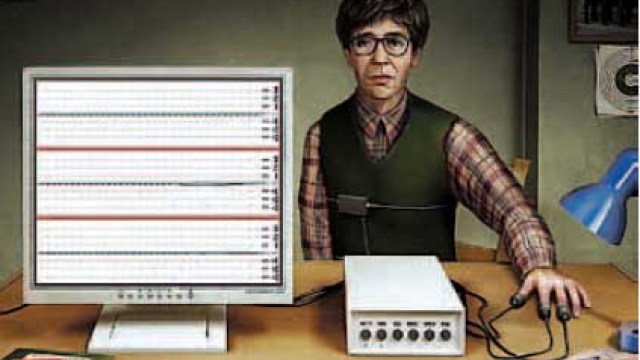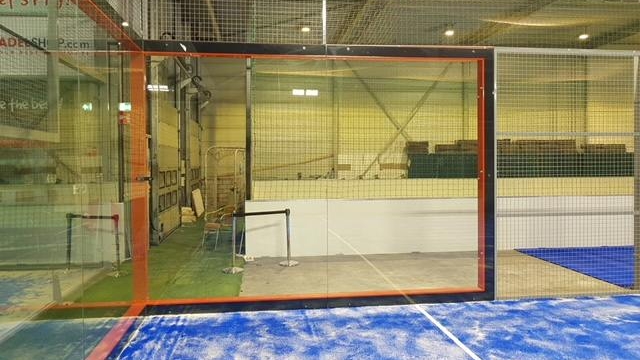
Unmasking Deception: The Truth Behind Lie Detector Tests

Welcome to the world of lie detector tests, a tool often used to uncover the truth hidden beneath deceptive layers. In our quest for authenticity, many turn to these tests to separate fact from fiction. But are these tests truly foolproof? Do they provide the definitive answers we seek, or are they merely another component of a complex web of deception and perception? Let’s delve deeper into the fascinating realm of lie detector tests, exploring their capabilities, limitations, and the intricate dance between truth and deception.
History of Lie Detector Tests
Early attempts at detecting deception date back to ancient times, where individuals relied on crude methods such as observing physical cues like body language and facial expressions. These methods gradually evolved over the centuries, leading to the development of more sophisticated techniques.
The modern concept of lie detection began to take shape in the early 20th century with the invention of the polygraph machine by John Augustus Larson in 1921. Larson’s device measured physiological responses such as changes in blood pressure, pulse rate, and respiration to determine if a person was being deceptive.
Over time, the use of polygraph tests became increasingly popular in various fields, including law enforcement, government agencies, and private sector investigations. Despite ongoing debates about their reliability and accuracy, lie detector tests continue to be used as a tool to aid in investigations and uncover potential deception.
How Lie Detector Tests Work
Lie detector tests, also known as polygraph tests, operate on the principle that physiological changes occur when a person is being deceptive. These changes are measured through sensors attached to the individual undergoing the test.
Lie detector exam
The sensors typically record physiological responses such as changes in heart rate, blood pressure, respiration, and skin conductivity. These measurements are then analyzed by the polygraph examiner to determine if there are significant variations during specific questioning.
The underlying theory is that when a person lies, there is an element of stress or anxiety that triggers involuntary physiological reactions. These reactions can provide clues to the examiner about the veracity of the individual’s statements.
Limitations and Controversies
Lie detector tests are not foolproof and have faced scrutiny due to their limitations. Critics argue that these tests can be influenced by various factors, such as an individual’s physiological responses, leading to potential inaccuracies in results.
One of the main controversies surrounding lie detector tests is the lack of standardized procedures and interpretation of results. Different examiners and testing facilities may have varying protocols, raising concerns about the consistency and reliability of these tests.
Moreover, the reliability of lie detector tests has been questioned in legal settings, with some jurisdictions not considering the results as admissible evidence in court due to concerns about their accuracy and potential for misinterpretation.



